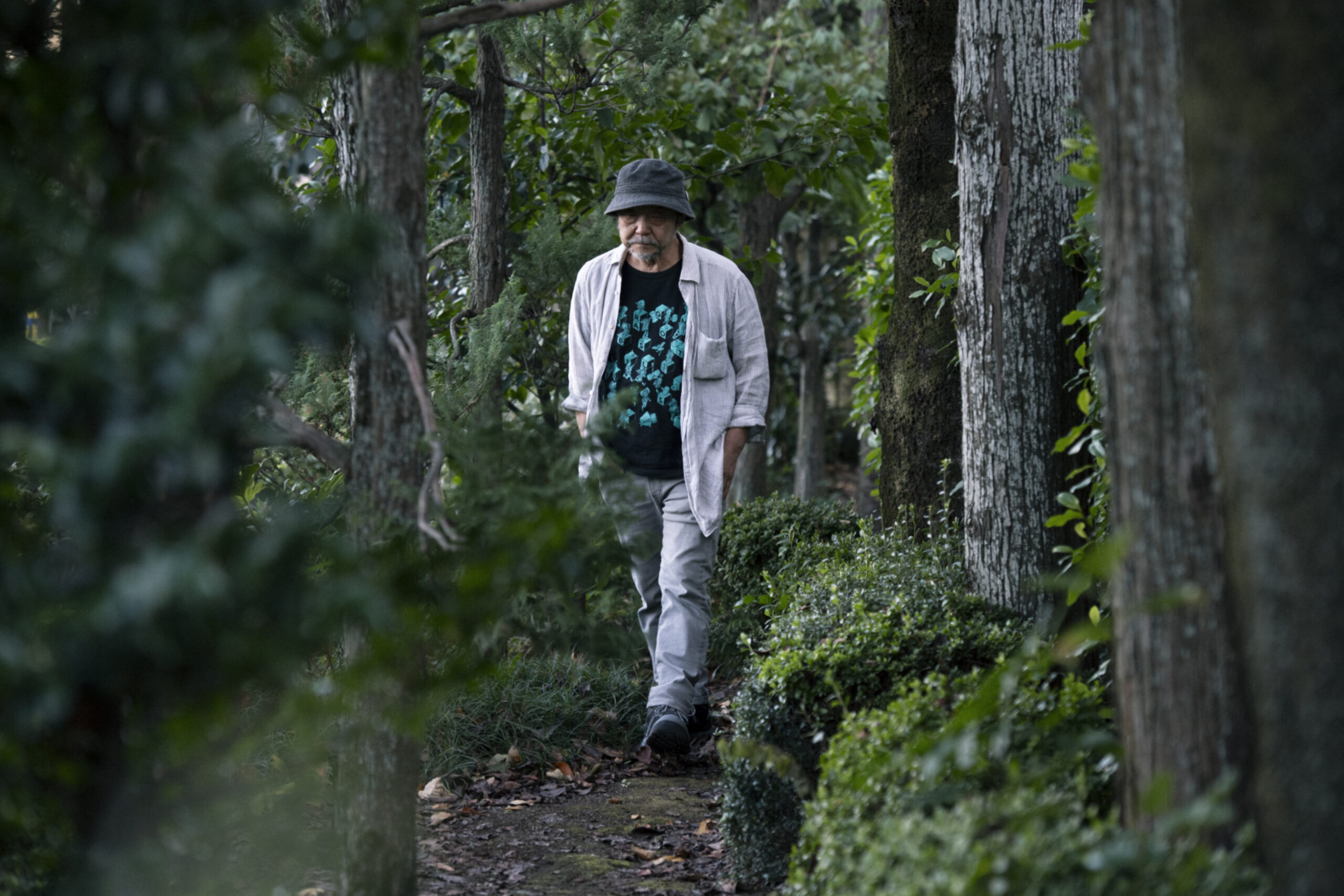
Mamoru Oshii’s Drive to Increase Information and Immersion: The Aims of the First Film Adaptation of “Ghost in the Shell” #02
Text: Satoshi Asahara / Photo: Taro HiranoManga author Shirow Masamune’s The Ghost in the Shell began serialization in 1989. Its first adaptation to picture came in 1995 with the theatrical film of the same name, directed by Mamoru Oshii. Well-received within Japan and abroad, the film and its sequel (Innocence) would go on to influence many other creators. For this interview, we speak with the pioneering artist on why they felt suited to create the film adaptation. We hear about production struggles, the little known background behind famous scenes, and about the work that went into bringing the Ghost in the Shell world to life through animation.
#02 An Animator’s Tenacity Establishing Immersion
-Togusa’s revolver in Ghost in the Shell is made by Mateba. Could you tell us what made you decide to use Mateba for the guns?
Mamoru Oshii (“Oshii”): For the guns, we met with an expert on Japanese firearms, taking advice and borrowing materials as we worked. Mateba was really just a brand that caught my interest. It seemed perfect for distinguishing Togusa as a human being. Togusa is a biological human, and a cop with a family at home. He’s a genuine human being. I wanted him to have a distinct gun from Motoko in order to show he was a unique character within Public Security Section 9. As a cyborg, Motoko doesn’t have any human-like attraction to guns, and rationally chooses the one that is easiest to use. We designed each team member’s guns that way, which is why it took four months to complete.
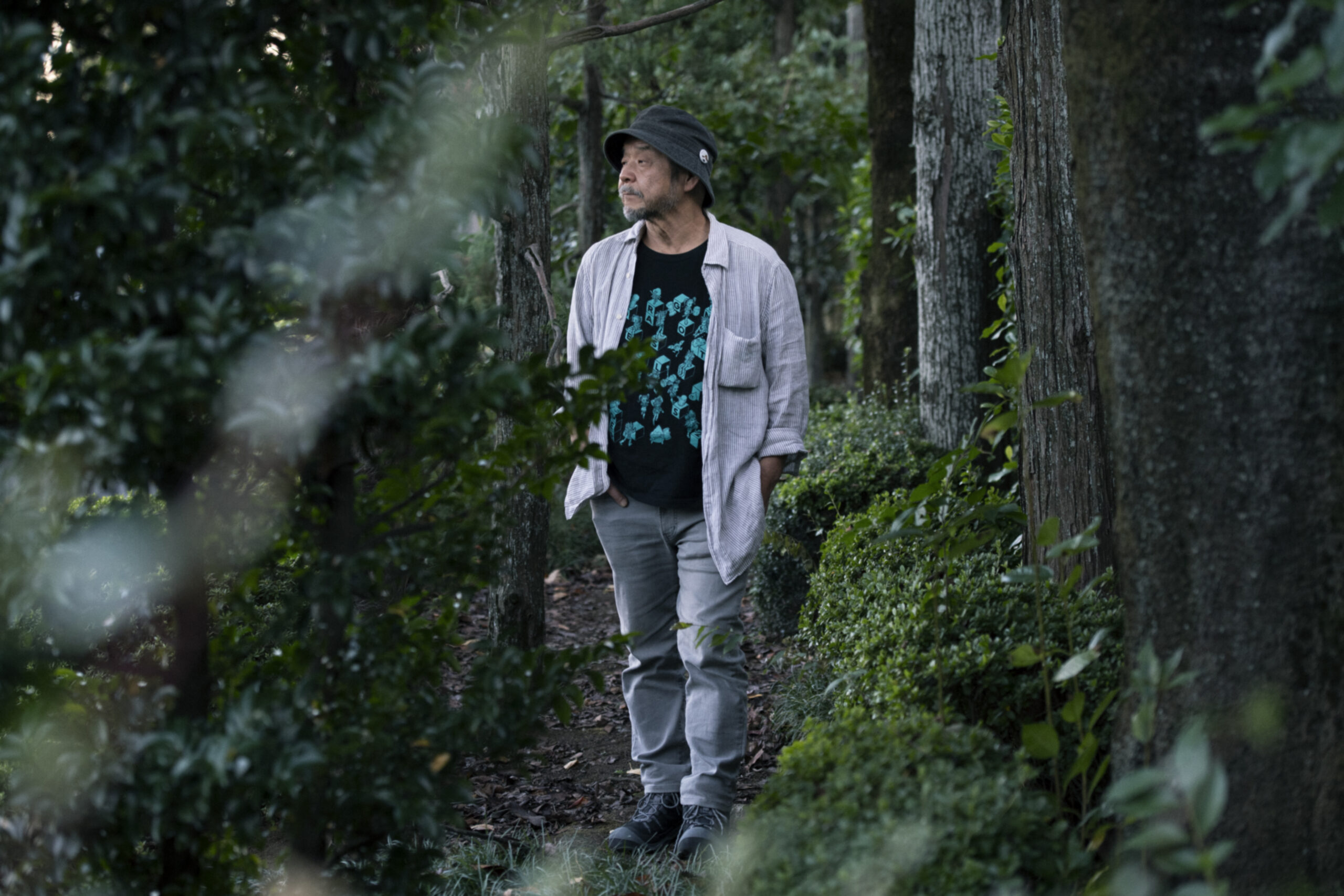
-How did you pull off the movie with such focus on detail, given the limited time and budget?
Oshii: We cut corners where we could. The planes in the sky are really poorly done; they’re based on doodles I just sort of jotted down. We just had to show that they were different from real passenger planes. You never see a full shot of the exterior of Public Security Section 9, either. All we see in the film are elevators, hallways, and rooms. It’s all cramped spaces that we based on battleships. That’s because narrower spaces are easier for animators.
-Did you change anything from the original manga character designs for realism?
Oshii: Just Motoko. Everyone else in Public Security Section 9—Aramaki, Batou, Ishikawa, and Saito—are all drawn as realistic middle-aged guys, but Motoko alone has a doll-like face. Her neck is unnaturally thin, and she can be very busty. Shirow has a distinctive way of portraying old men with bulky physiques, while stubbornly not trying to make women realistic. You get used to that sort of abstract expression in manga, but in anime, you risk it looking like characters from two series being mixed together. That meant we had to change Motoko. I felt we had to. She’s a woman who gets in gunfights and an excellent martial artist, so we widened her shoulders to some extent, made her muscular, shrank her chest to accommodate a rifle more easily, and made her face more realistic.
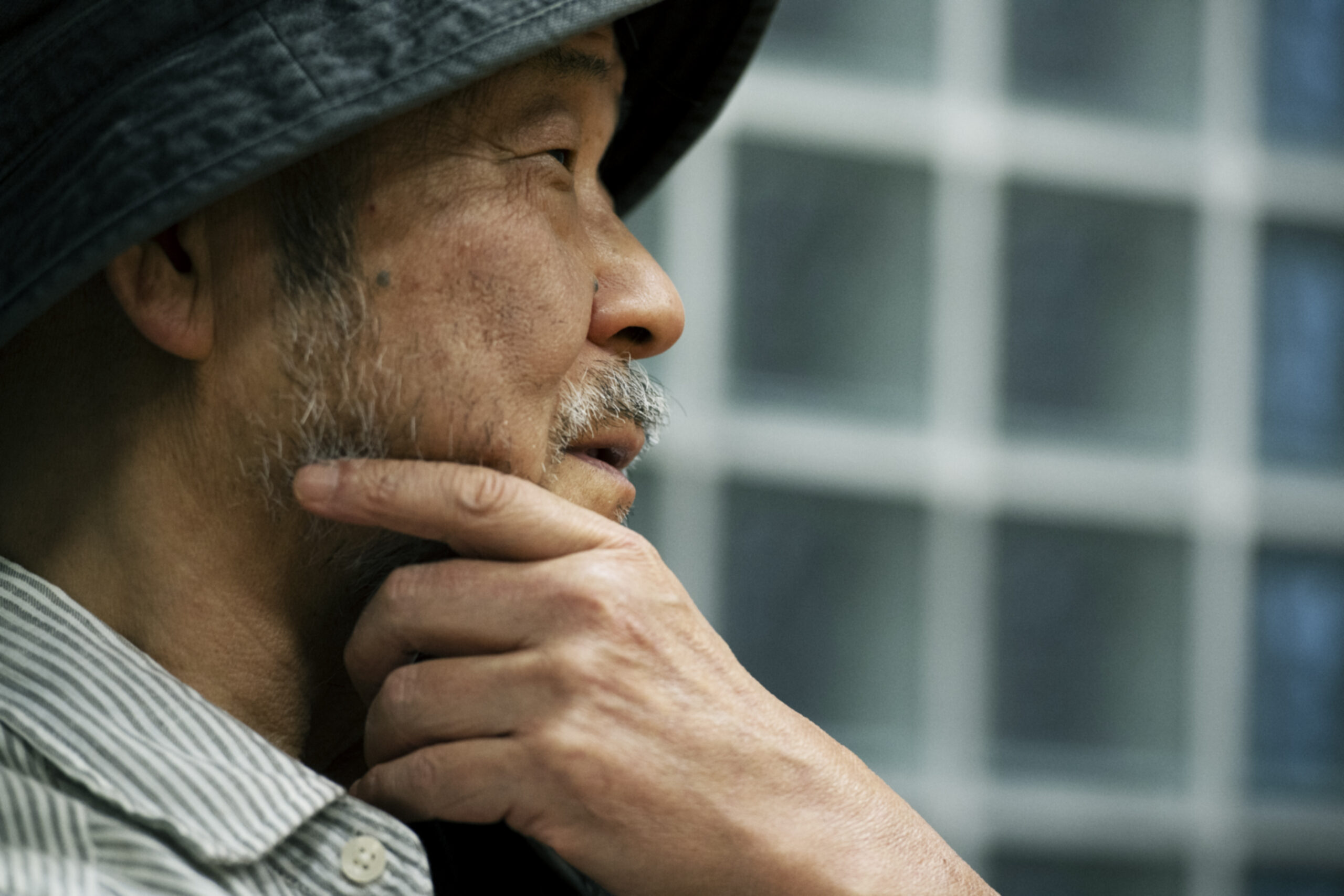
-Was it easy for the animation team to accept these design changes?
Oshii: Some people complained about shrinking her chest. But I think we made the right call by flying our animators out to Guam and having them shoot actual guns at a firing range beforehand. Do you know how much recoil a gun has when it fires? You can’t draw characters having a realistic gunfight without understanding that kind of sensation yourself. It’s really noisy, and I think most beginners would want to give up after about 30 minutes. But I remember our animation director Ose kept at it for the entire day. Shooting guns really wears out your wrists, so I don’t recommend it for animators. *Laughs*
-From the initial film adaptation meeting to release day, how much time passed?
Oshii: I don’t think we had even 10 months for production. Since the release date was already set, we didn’t have time for trial and error. Hong Kong was the only place I could think of to base the locations on. We traveled there and went out in helicopters and boats to see it from every angle. We experienced one of Southeast Asia’s famous squalls one evening when we were there. The road we were walking down turned into a river almost instantly. As soon as we saw that, we knew we had the right location. Because having canals around the city means you don’t have to show a lot of cars. It’s really hard to animate a variety of moving cars.
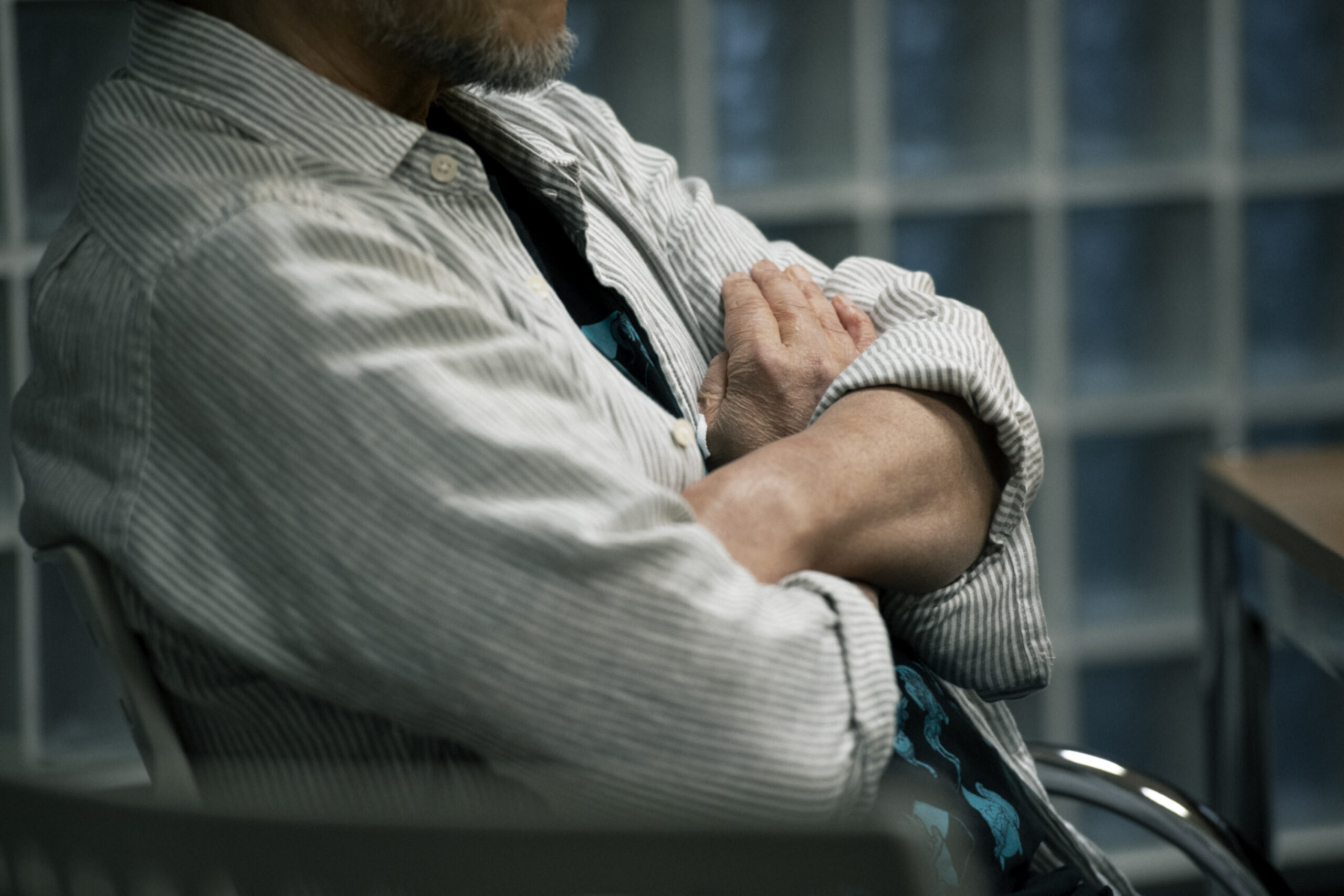
-You came up with the plot yourself, right?
Oshii: I wrote the plot that the work is based around, since we knew we wouldn’t get the actual script until the last minute. I think it took me about a month after the initial agreement to finish the basic plot. What do I cut, and what do I keep? At first, I do all the math for myself. I think I re-read the original manga 20 times for that, and quoted all the lines I could use. For a film, those kinds of initial preparations are the most difficult, and the most critical. Likewise, one of the main reasons for going all the way to Hong Kong was to get a huge number of still photos that would significantly reduce work for the animators. So a lot of scenes in the film actually use the composition of those still photographs almost as-is.
-You’re quite well known for being passionate about composition. You required the animators to draw people and scenes in a way that was faithful to the camera lens perspective in some cases. Could you tell us about why you did that?
Oshii: Ultimately, if the images don’t go through a lens, you can’t generate a sense of immersion. Which means that even if we use precise perspective drawings, they’ll still look like drawings. These days there are tools for recreating lens effects more precisely in 3D, but to work you have to have the perspective of a professional camera operator who understands what you’re aiming for. So I always brought along a cameraman with sensibilities similar to mine. You’d be wrong to think animators can draw anything. They have to see it with their own eyes to draw it. But we didn’t use the still photographs as-is; we altered the weather and seasons. It’s easy to add or remove parts of a picture. But anyway, my standard was a sense of immersion. Nowadays, it’s easy to do that with rain and fog in 3D, but that always results in a very calculated depiction. I feel like it’s better to let the animator show their tenacity.
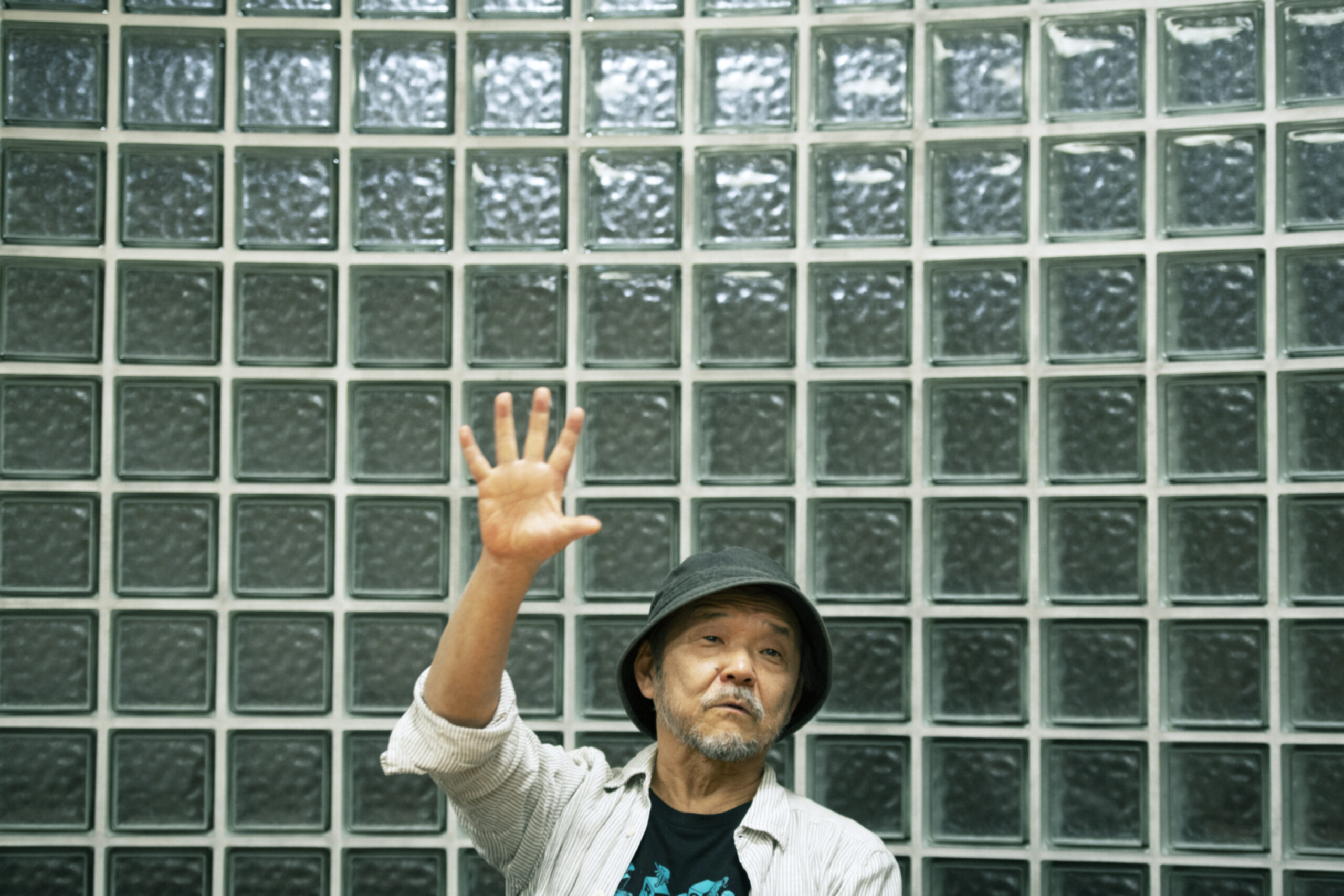
-This sense of immersion can only come from hand-drawn lines, not from live action or 3D.
Oshii: Ghost in the Shell features one scene where Motoko’s skin begins to peel off. I feel like that’s precisely the result of tenacious animators. It was done via in-betweening, so they couldn’t draw the next frame until the one before it was done. Only Okiura would do something that crazy. We don‘t tend to think of anime as being a physical expression, since its done at a desk, but there is actually strong physicality to it. You could never capture the sensation of her skin peeling away and floating away without a human animator drawing it by hand. It’s fundamentally unlike the images that CG computations produce. Humans unconsciously seek out beautiful lines when they draw by hand. I think AI could do something similar if it were taught. But in the end, it’s just something that was seen somewhere else. Like with AI-designed pinup models; their individual parts are all beautiful, but put together, they almost look inhuman.
-Do you think that maybe only a human can draw with the balance that other humans instinctively find beautiful?
Oshii: Unsurprisingly, top-tier animators do look for a beautiful balance to everything without even thinking, whatever they draw. It’s more of a physical expression rather than a technique. The life experiences of the creator come through. That’s what makes it so fascinating. That’s why, even though we used CG for the backgrounds in Innocence, it was ultimately the animators’ dedication that brought out the quality of the expression. But there are fewer people in animation anymore, and most of them are aging, so you can’t do things the way we did back then, anymore. The master-class people still in it can’t do all-nighter marathons at the office anymore, either. And nowadays, more and more often you find young people who have never taken a plane ride or driven a car. Things you could assume animators could draw in the past are now slowly declining. That sort of thing concerns me.
Continued to #03 Depicting Humanity Through Cyborgs
Mamoru Oshii
Born August 8, 1951. A native of Tokyo. Graduated from the Tokyo Gakugei University Faculty of Education. Began working at Tatsunoko Production in 1977. Went on to work at Studio Pierrot (now known as Pierrot) before becoming self-employed. Major directorial works include Urusei Yatsura: Only You, Angel’s Egg, and Patlabor: The Movie, among others. The film Ghost in the Shell reached the number one spot in the US magazine Billboard’s Cell/Video category. Innocence was shown for the Cannes International Film Festival’s competitive division.

